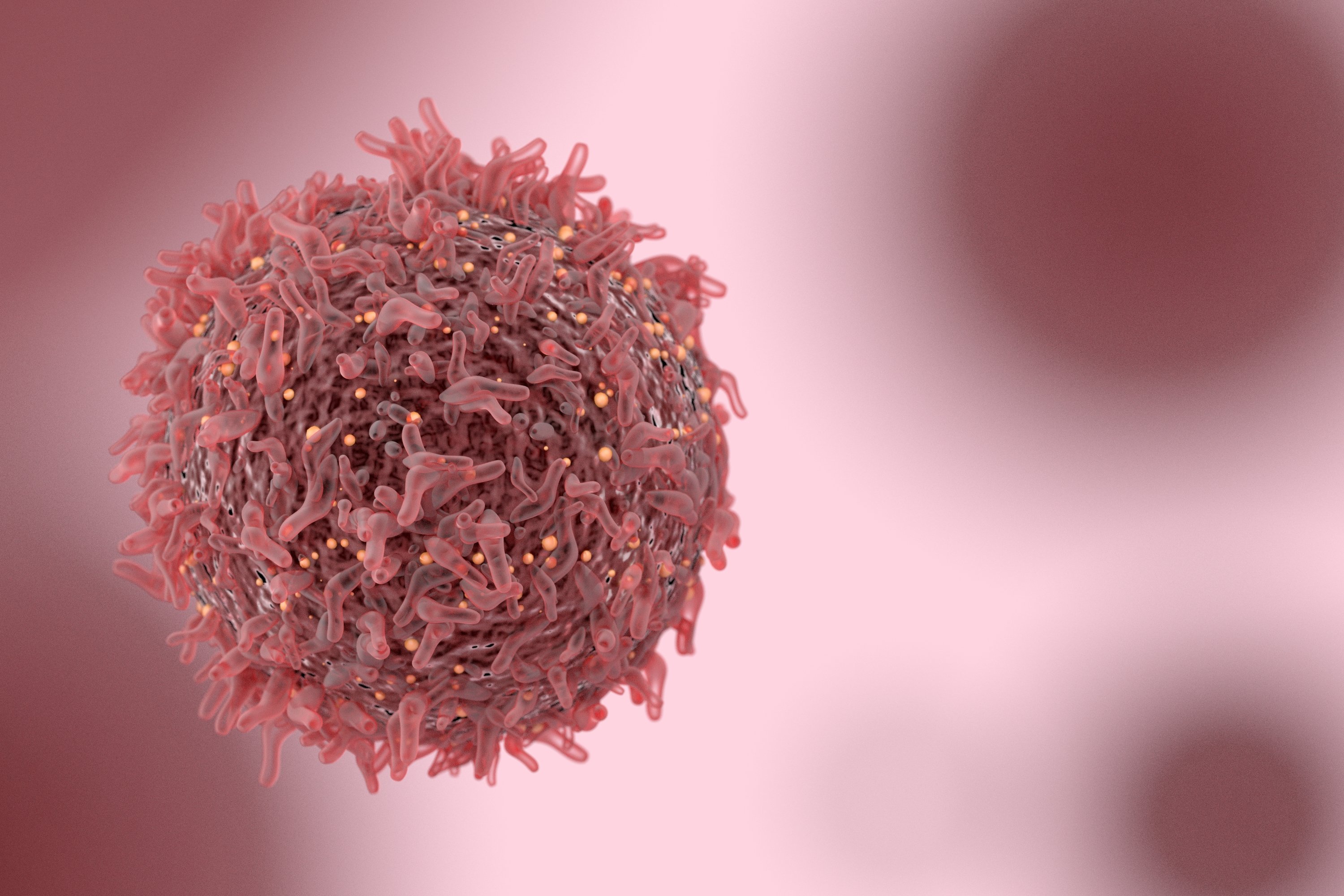Imagine an actor whom you fancy loading up gold nanoparticles, directed by lasers, blasting off cancer cells- literally frying them into oblivion. Such a cool plotline for a dystopian flick set in an era when humans have waged a (literal) war on cancer right? Okay, I know I am too dramatic.
Well, now scientists at the University of Colorado Cancer Center have achieved the same, albeit at lab scale (also, sans your favourite actor).
The team of scientists have engineered a gold nanoparticle conjugated antibody to attach itself to a protein called epidermal growth factor receptor or EGFR on the surface of bladder tumors, which when treated with NIR light and heated preferentially, allows for thermal ablation of targeted cells.
Urinary bladder cancer is common, with more than 75,000 cases expected and over 16,000 deaths in the United States in 2016. One unique feature in the treatment of superficial urinary bladder cancer is the ability to deliver medical therapy directly to bladder tumors via a urinary catheter. And in recent years, the use of gold nanorods has become an area of increased research investigation, including therapeutic applications. Also, based on the current clinical use of fiber-optic cystoscopes, the use of novel intravesical nanoparticle-directed therapy in conjunction with photothermal laser irradiation via a fiber-optic cystoscope, represents a clinically feasible treatment approach in patients with superficial bladder cancer.
“How could we bring the nanorods to a tumor?,” asked senior study investigator Thomas Flaig, M.D., associate dean for clinical research at the CU School of Medicine and chief clinical research officer of UCHealth, at the onset of this research study. “The answer was EGFR. What cancer site would allow us to deliver infrared light? Oh, the bladder! And how would we deliver it? Well, in bladder cancer there are already lights on the scopes used in clinical practice that could do the job.”
“Gold nanorods linked to an anti-EGFR antibody (Conjugated gold NanoRods – CNR) were instilled into the bladder cavity of an orthotopic murine xenograft model with T24 bladder cancer cells expressing luciferase,” the authors wrote. “NIR light was externally administered via an 808 nm diode laser. This treatment was repeated weekly for 4 weeks. The anti-cancer effect was monitored by an in vivo imaging system in a non-invasive manner, which was the primary outcome of our study.”
In this study, researchers tuned their gold nanoparticles to experience plasmon resonance, a process that makes nanoparticles vibrate in certain frequencies of light, in near infrared light- a wavelength of light that is generally safe by itself. Finally, when they shined a laser’s near infrared light on the nanoparticle-antibody conjugate, it aggravated the nanoparticles, which heated up and fried the nearby tumor tissue like Han Solo with a DL-44 heavy blaster pistol.
The study compared mice injected with EGFR-directed nanoparticles and laser light to mice only treated with laser light and found that, indeed, tumors in mice with targeted gold nanoparticles glowed less than their counterparts in the control group. In fact, these tumors glowed less than they had before treatment, implying that the technique had successfully slowed and even reversed tumor growth. Side effects were minimal.
“We are highly encouraged by these results,” Dr. Flaig concluded. It’s been an interesting problem-solving experience pursuing this technique from a futuristic idea to something that now shows real promise in animal models.”























